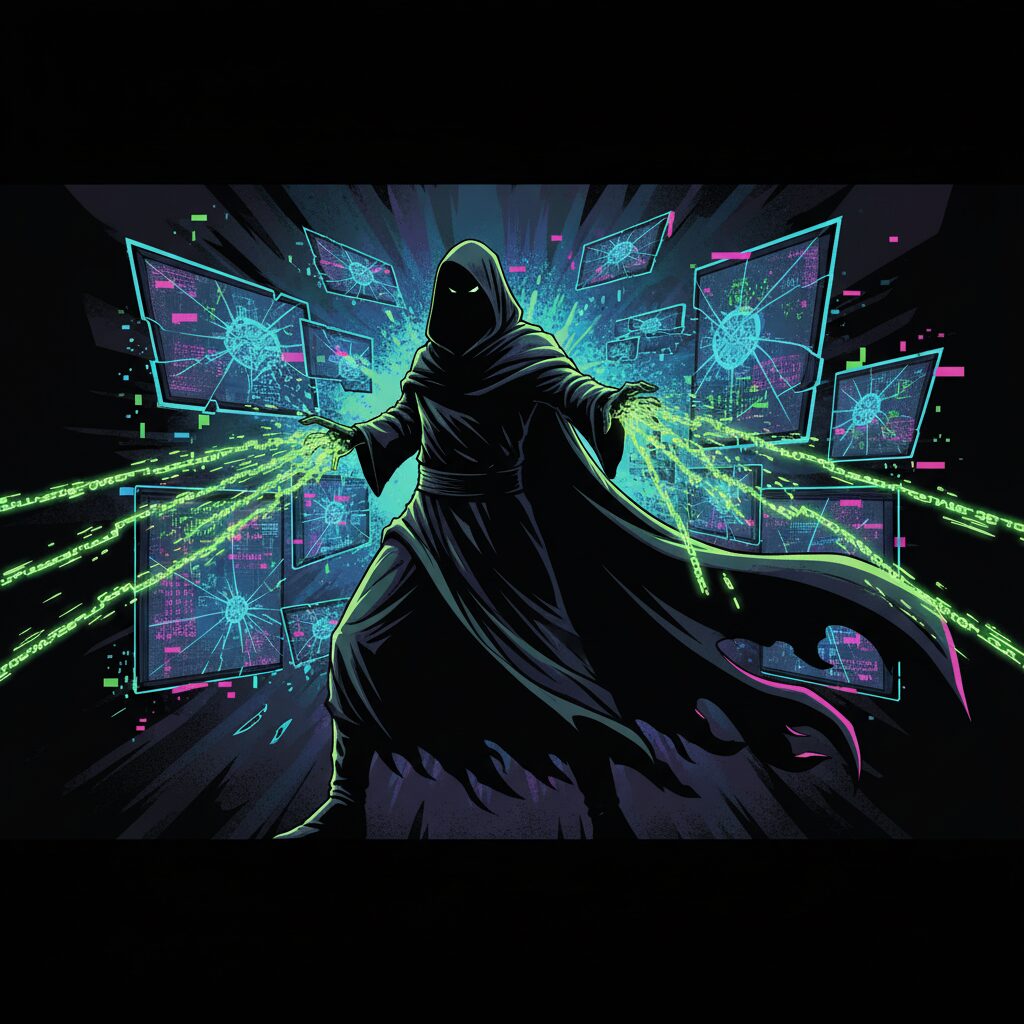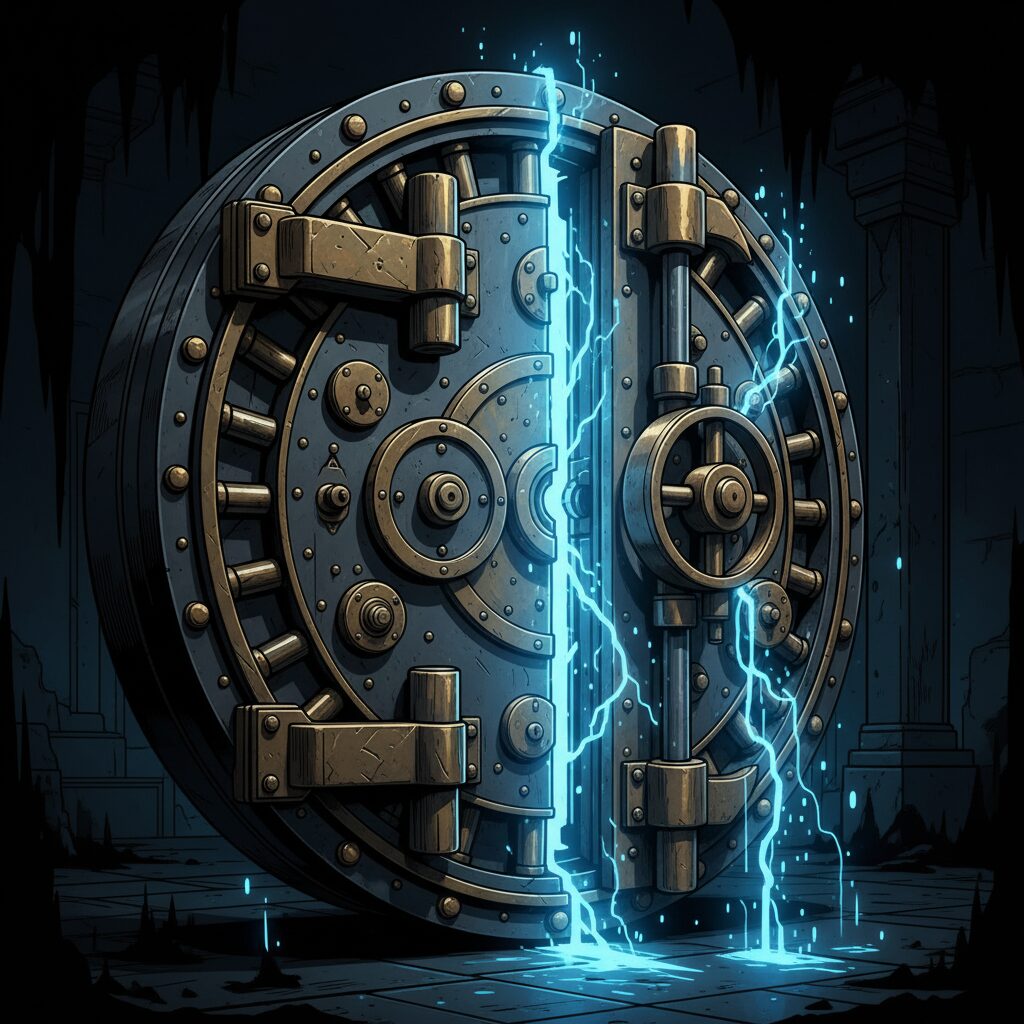Beyond the Firewall: Why a Security-First Culture Is Crypto’s Ultimate Defense

In the world of digital assets, a single mistake can trigger catastrophic financial and reputational damage. While technical safeguards like Endpoint Detection and Response (EDR), web proxies, and sandboxing technologies are vital, they only address part of the threat. The most resilient organizations recognize that their employees are simultaneously the weakest link and the first line of defense. Fostering a security-first culture isn’t just an option—it’s an essential strategy to empower people and transform them into a proactive shield against compromise.
Building the Human Firewall
Creating and maintaining a strong security culture is a challenge, especially for fast-growing companies. It demands commitment from leadership, consistent reinforcement, and a willingness to adapt. For businesses serious about embedding security into their DNA, the focus should fall on several key areas.
Establish a Battle-Ready Incident Response Team
A mature organization proves its commitment through a formal Computer Security Incident Response Team (CSIRT). This cross-departmental group must have the full authority to respond, restore, and allocate resources during a crisis without bureaucratic delays. With clearly defined roles—from an Incident Commander to specialists in regulatory liaison and operations—the CSIRT ensures a unified and efficient response. When an incident occurs, the team mobilizes around a proven framework where everyone understands their role and has the power to execute it, turning theoretical plans into decisive action.
Develop Intelligence-Informed Phishing Resilience
Phishing remains one of the most common attack vectors in the crypto sector, and generic training is no longer enough. An effective defense program must be informed by real-world adversarial trends. As attackers evolve from simple credential theft to sophisticated campaigns that execute malicious commands, training must adapt in parallel. Simulations should sometimes mirror active threats to build recognition and other times diverge to keep staff constantly alert. This adaptive model turns phishing defense from a vulnerability into an organizational strength.
Make Security an Open Conversation
Hosting regular, informal security sessions can be highly effective in demystifying the topic. These meetings can cover everything from emerging AI technologies to new platforms, connecting global security incidents to their impact on both work and home life. By leading with engaging, plain-language explanations, these sessions draw people in before discussing internal policies. This approach transforms the security function from a gatekeeper into a trusted advisor that employees actively seek out, encouraging teams to proactively flag potential risks.
Promote Positive Accountability
Effective security awareness is often built on peer reinforcement rather than fear. A simple, light-hearted protocol can work wonders. For instance, a rule where leaving a device unlocked allows a colleague to post “I love donuts” in a team chat—requiring the user to bring in treats—creates immediate, visible consequences. This gamified approach builds camaraderie and makes best practices like clean desks and screen locking second nature across the organization.
Invest in Personal Security Beyond the Workplace
A forward-thinking company extends its security commitment to its employees’ personal lives. Providing enterprise-grade tools for personal use, such as premium privacy suites, VPN services, and encrypted storage, is a powerful gesture. This investment yields significant returns by enhancing overall security awareness and demonstrating a genuine commitment to protecting people, not just assets. When staff feel their employer cares about their personal safety, they become more invested in organizational security.
A Long-Term Imperative
These initiatives create more than just good metrics; they foster a workplace where vigilance feels natural and incident response is a collective capability. In the digital asset space, trust is everything, but it can’t be secured by technology alone. It must be reinforced daily by people who see security as an integral part of their role, not an obstacle. As the industry matures, the organizations that thrive won’t just be those with the best technology. They will be the ones where every employee understands that security is everyone’s responsibility—a responsibility they embrace, not endure.











